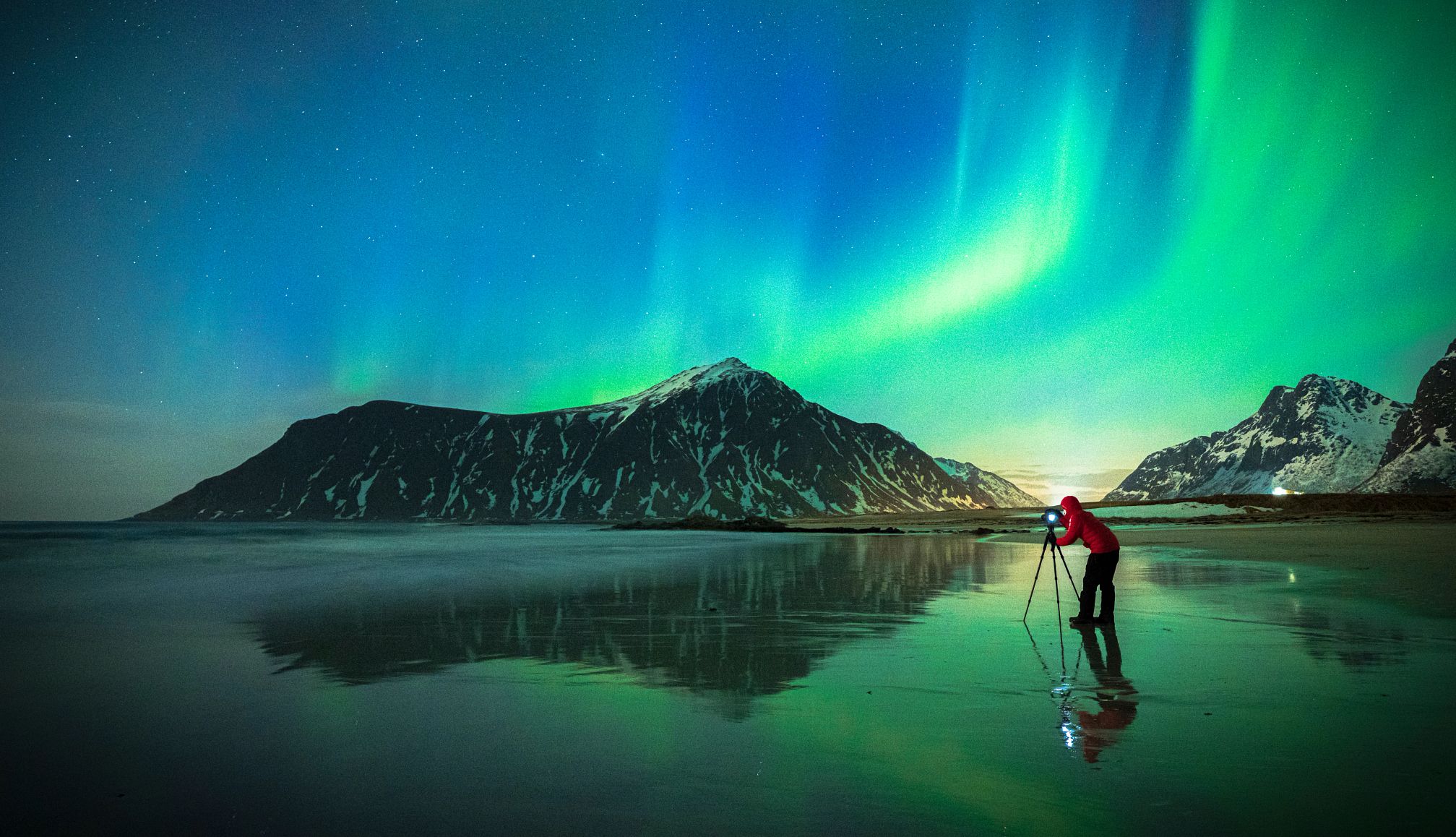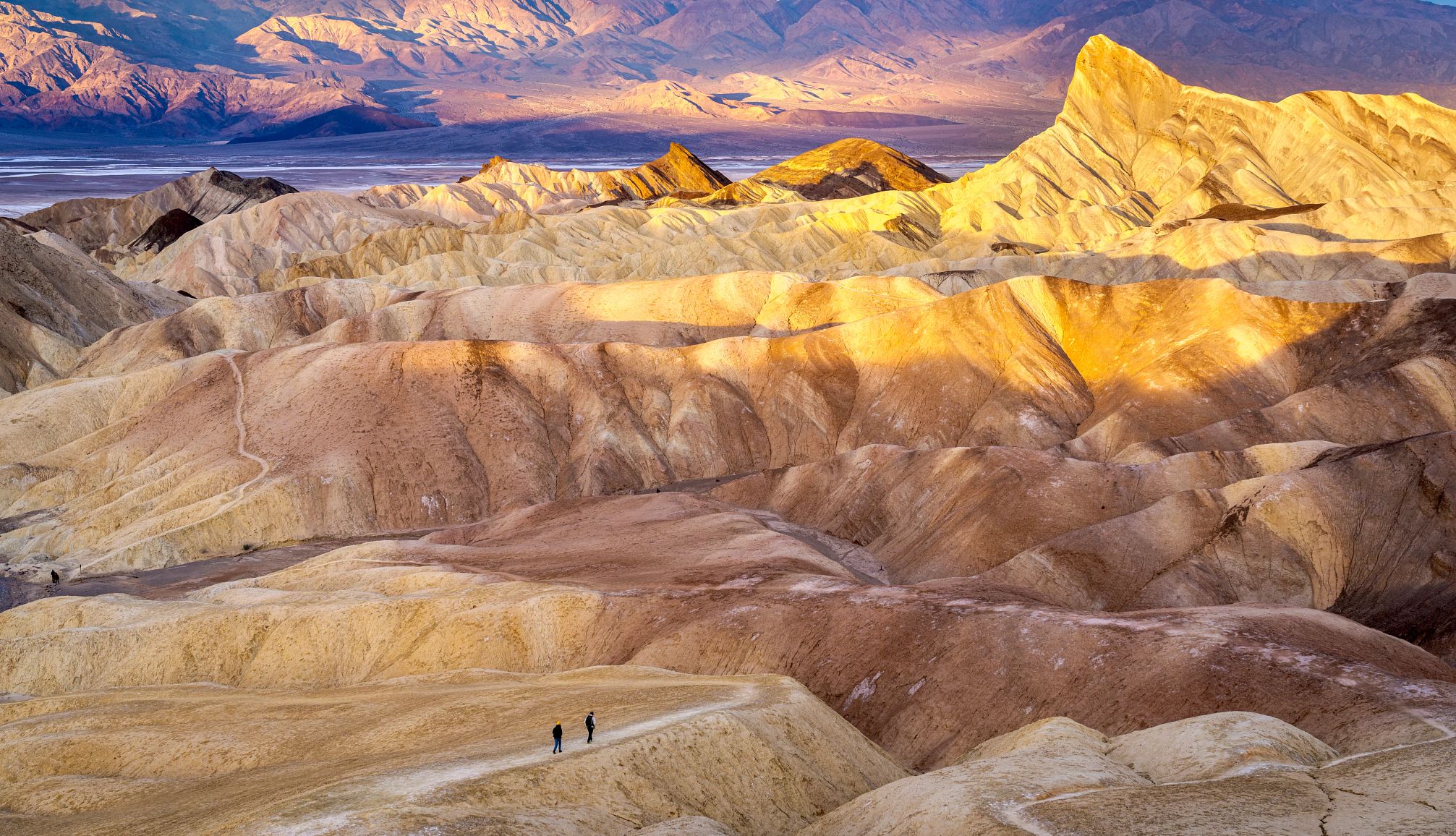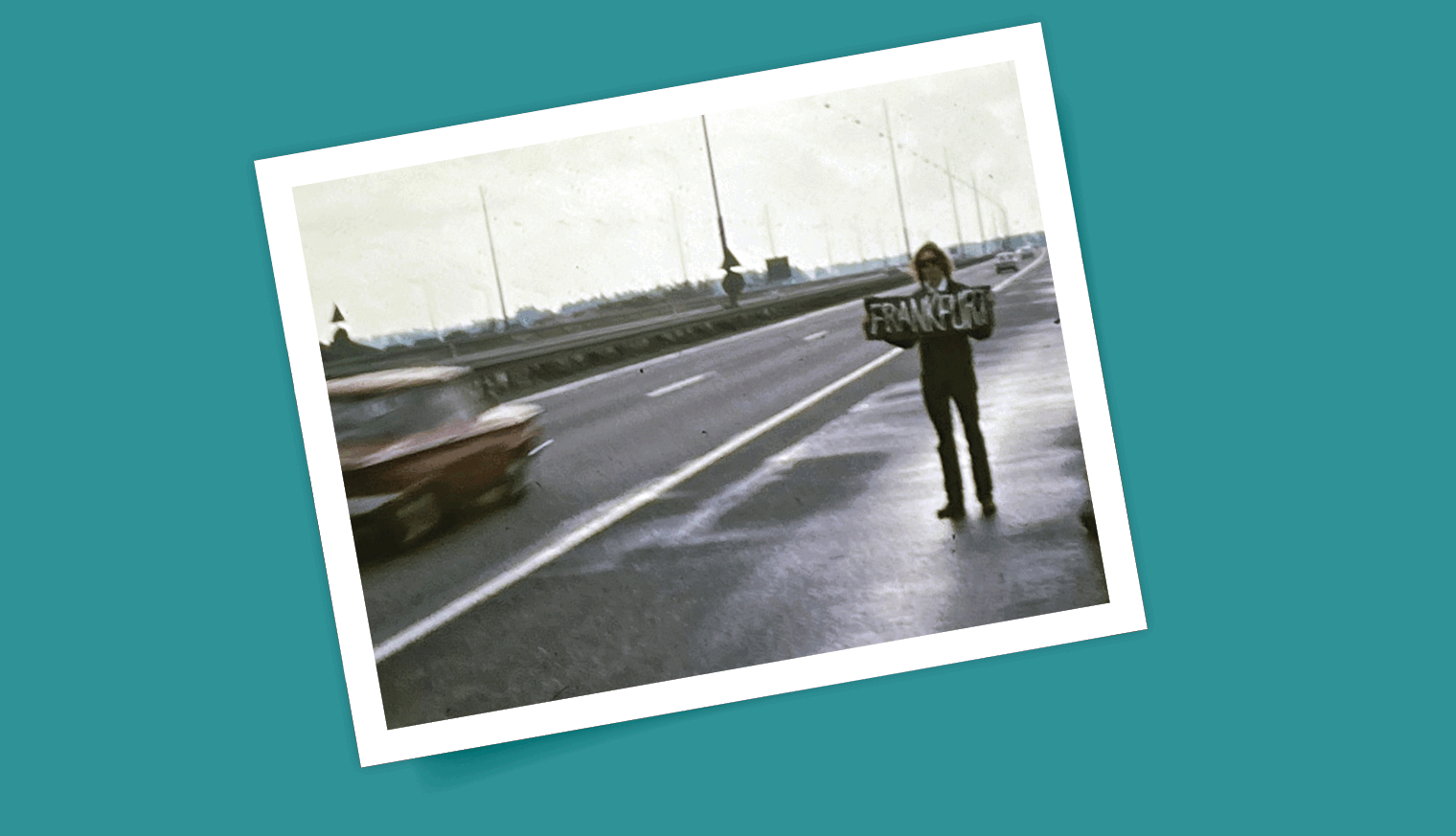AARP Hearing Center
As soon as the phone rang, I jumped out of bed, knowing what the voice on the other end of the phone would say as soon as I answered: “They’re out.” It was about 1 o’clock in the morning but I didn’t hesitate to rouse my 80-year-old dad from his deep sleep. Bleary-eyed, we pulled on our second and third layers, laced up our boots and stepped outside into the frigid night. There they were – the northern lights dancing across the night sky above Borealis Basecamp outside of Fairbanks, Alaska.
Seeing the northern lights in person had long been on my dad’s bucket list, and he’s not alone in having one. According to AARP’s 2024 Travel Trends report released earlier this year, 60 percent of travelers in my dad’s age range have a travel bucket list; so do 69 percent of travelers between the ages of 60 to 69, and 75 percent of travelers in their 50s. And those who are keen on checking off seeing the northern lights are not alone – 61 percent of travelers want to see the northern lights, according to an Expedia survey. What’s more, the next few years are expected to be prime viewing of the northern lights because of the solar cycle when the sun is more active, according to Space.com, the leading source of space exploration and astronomy news. The activity occurs every dozen years or so.
In the U.S., the northern lights are visible not only in Alaska, but also in northern Maine, Michigan and Minnesota. While the northern lights are most often seen closest to the magnetic poles, they were seen as far south as Washington, D.C., and Virginia earlier this year. Outside of the U.S., the northern lights can be seen in Canada, Finland, Greenland, Iceland, Norway and Sweden.
My dad and I were in the far reaches of North America at the tail end of our tour with John Hall’s Alaska when we checked the northern lights off his bucket list. A few days prior, we met Frank Stelges, 57, a photographer and instructor with the McKay Photography Academy that offers photography tours around the world. Stelges fell in love with Alaska and the northern lights during a cross-country motorcycle trip in 2007. After several return trips, he and his wife, Miriam, moved from their German homeland to Fairbanks in 2016. They have been leading northern lights photography workshops through their company, Aurora Bear, ever since.
During our mini-workshop, Stelges shared his top tips for capturing the northern lights, no matter the type of camera you may have. But first, he explained why photographs capture the lights better than what we see with the naked eye.
“The eye has basically a tenth of a second exposure time,” Stelges explains. “When you shoot now with a camera with one second, which is really, really short exposure time, that’s already 10 times longer [than your eye], so you collect 10 times more photos. …
“It’s not that the camera magically enhances [the picture], it’s just able to collect more photons over a longer period of time,” he continues. “That’s why the picture just right out of the camera looks better – there is nothing enhanced, the camera sees exactly the same photons like you and me do, it’s just collecting more photons and that’s why the picture looks better than what you see in reality.”


Mark Seidl, 63, an amateur photographer and retired radiologic technologist who lives in Ohio, has photographed the northern lights in Alaska.
“You don’t need to be a professional photographer or own professional camera equipment to capture the lights,” says Seidl. “A smartphone is what I use mostly, along with my GoPro for time-lapse images.































.jpg?crop=true&anchor=13,195&q=80&color=ffffffff&u=lywnjt&w=2008&h=1154)


































